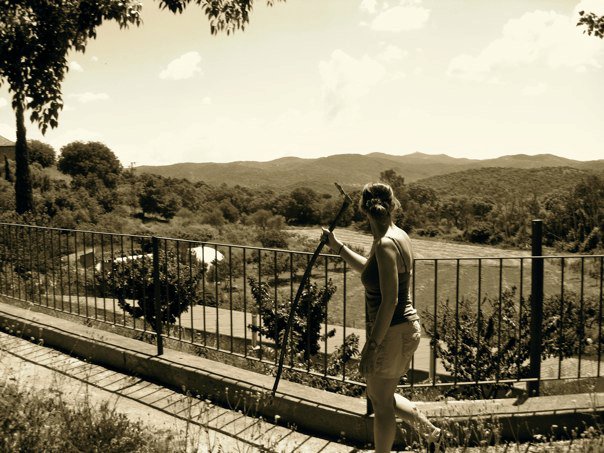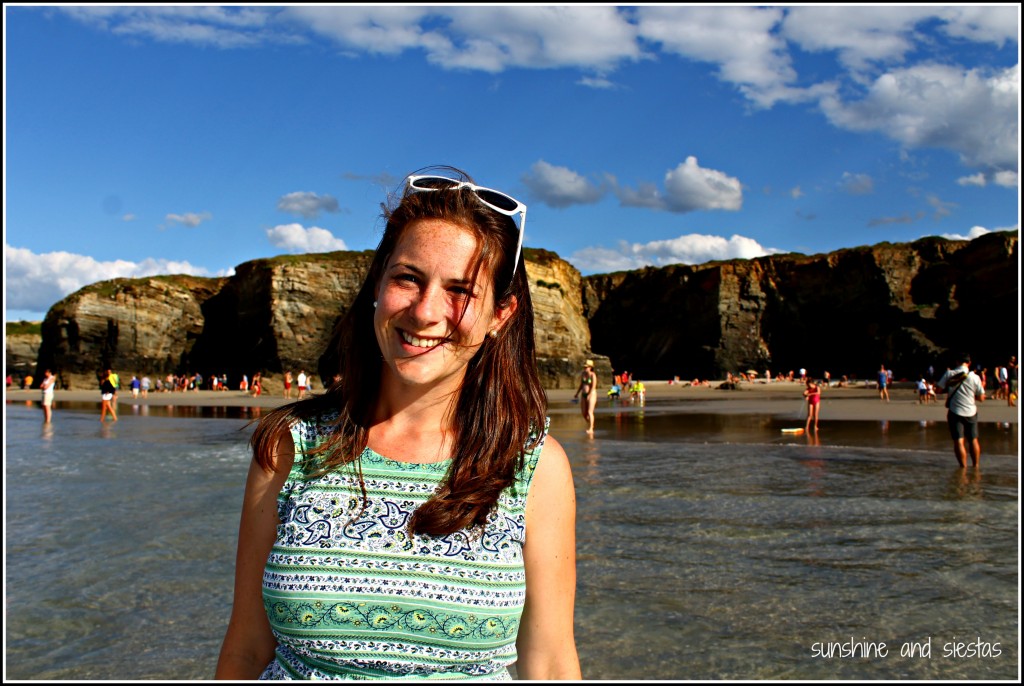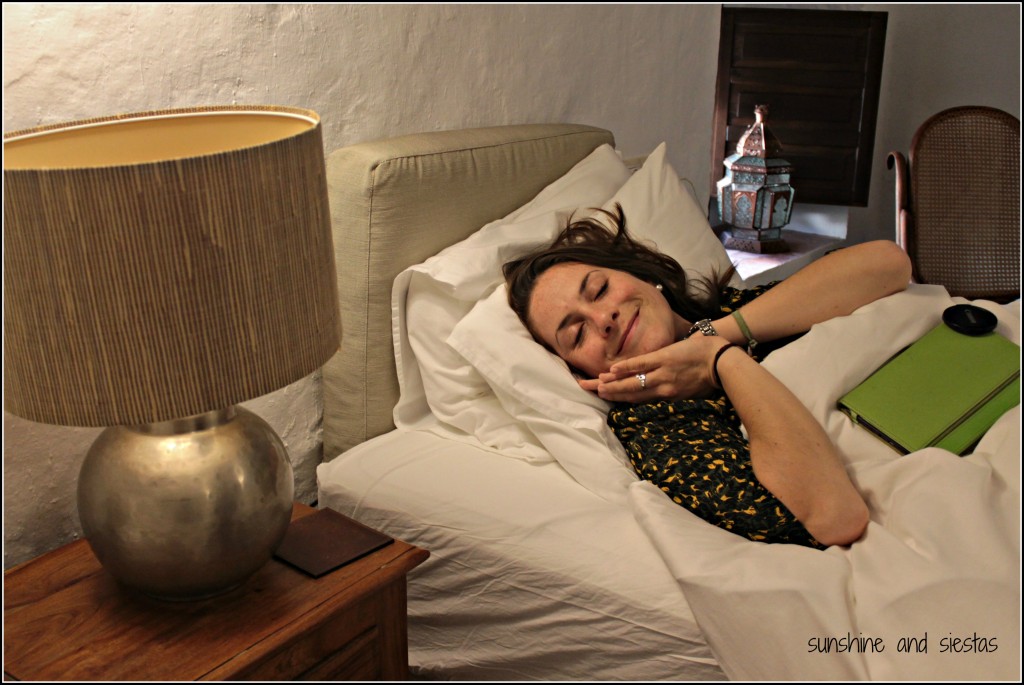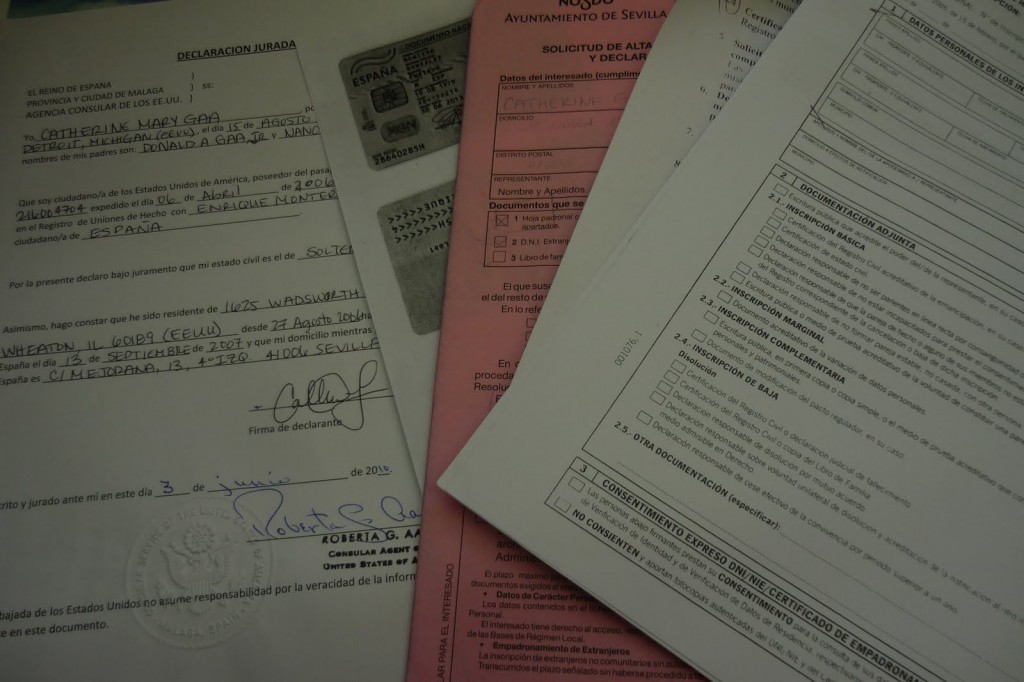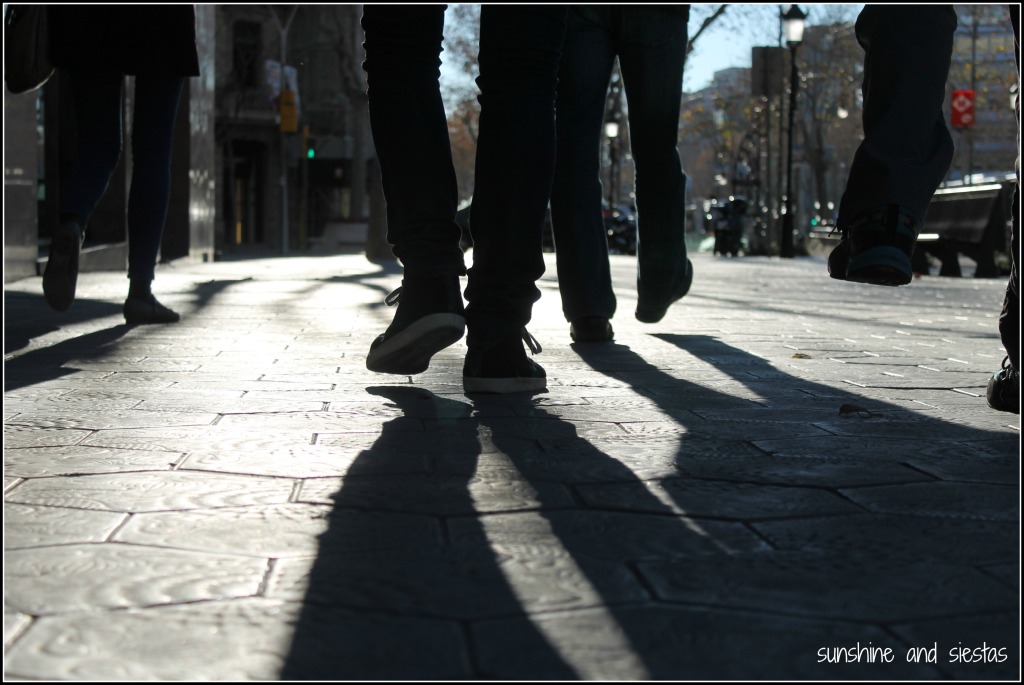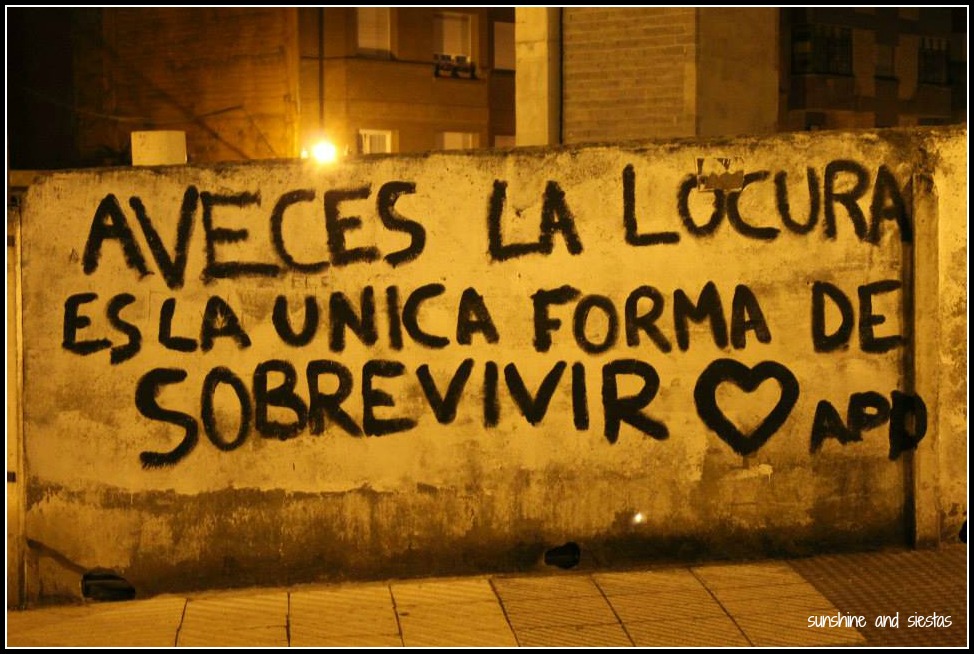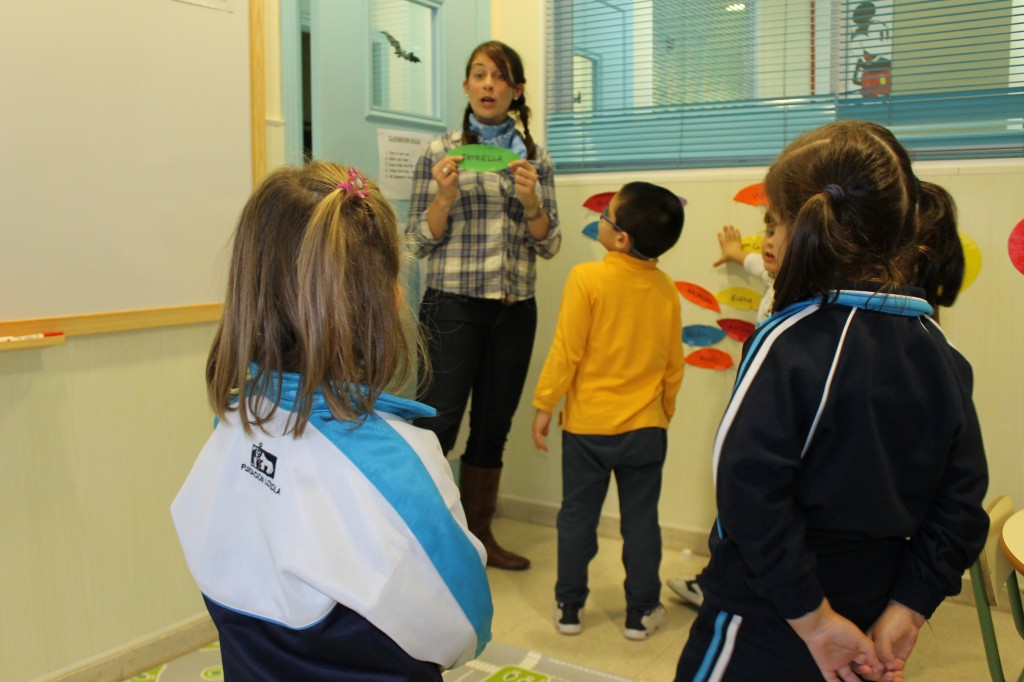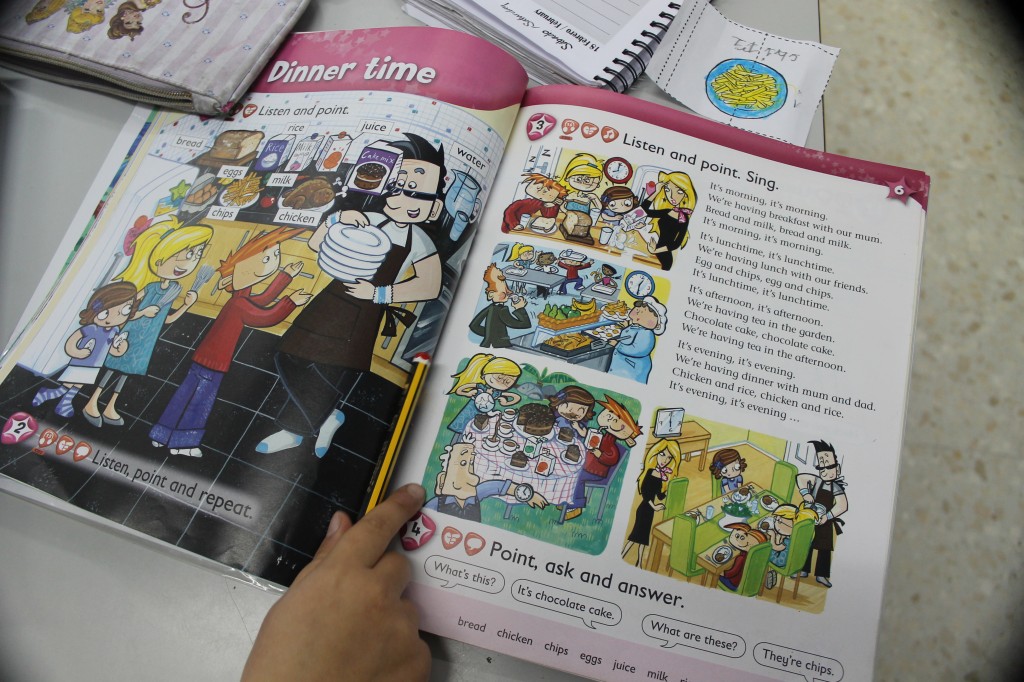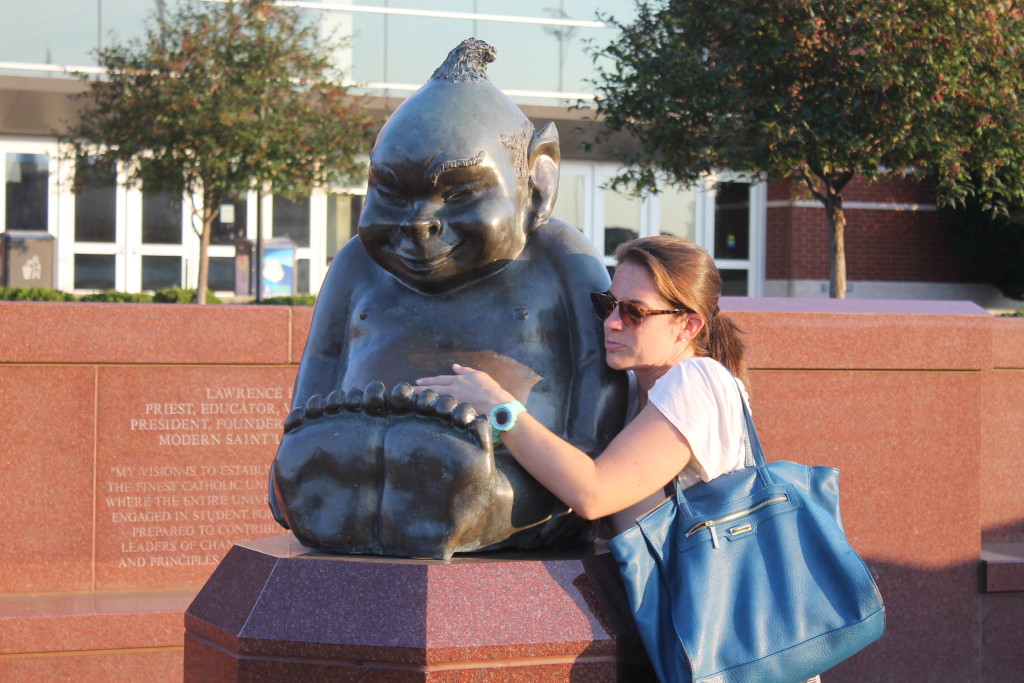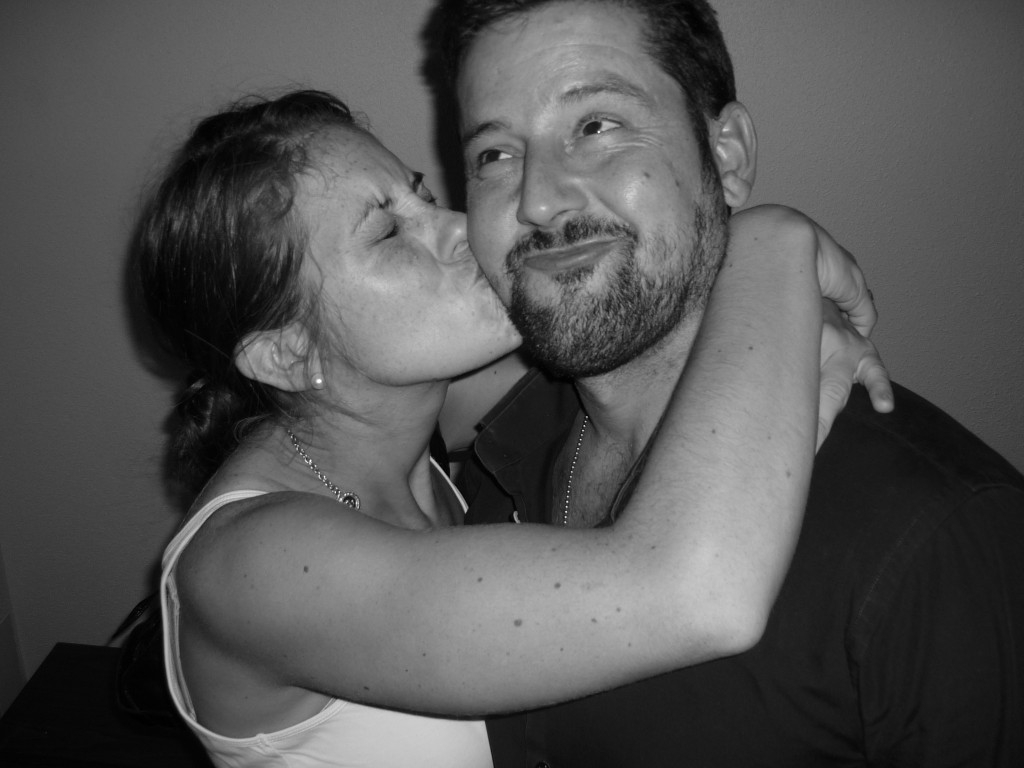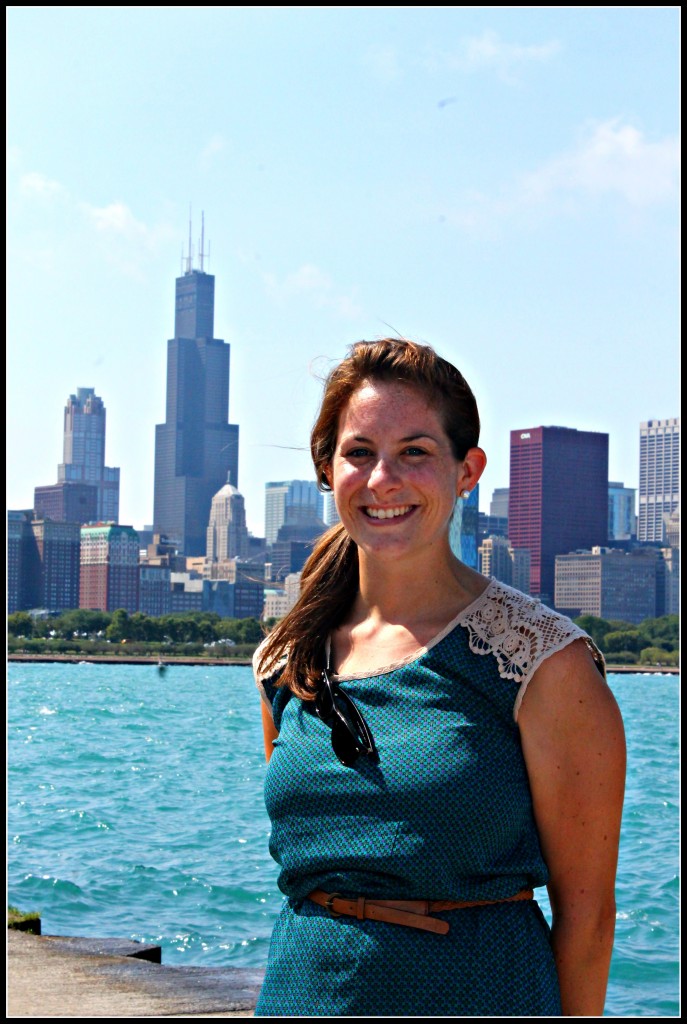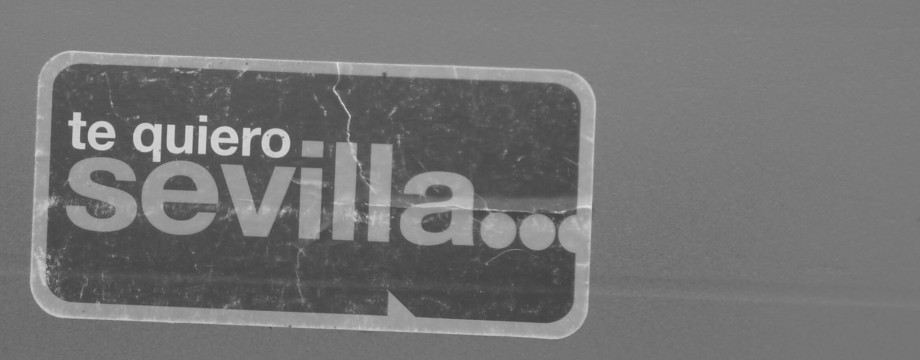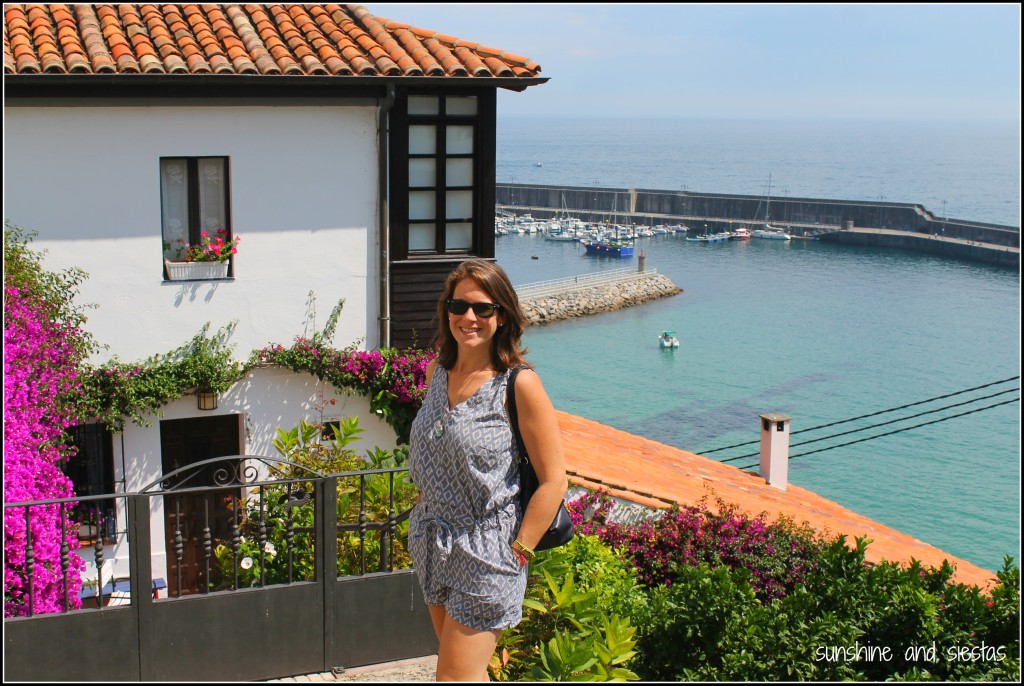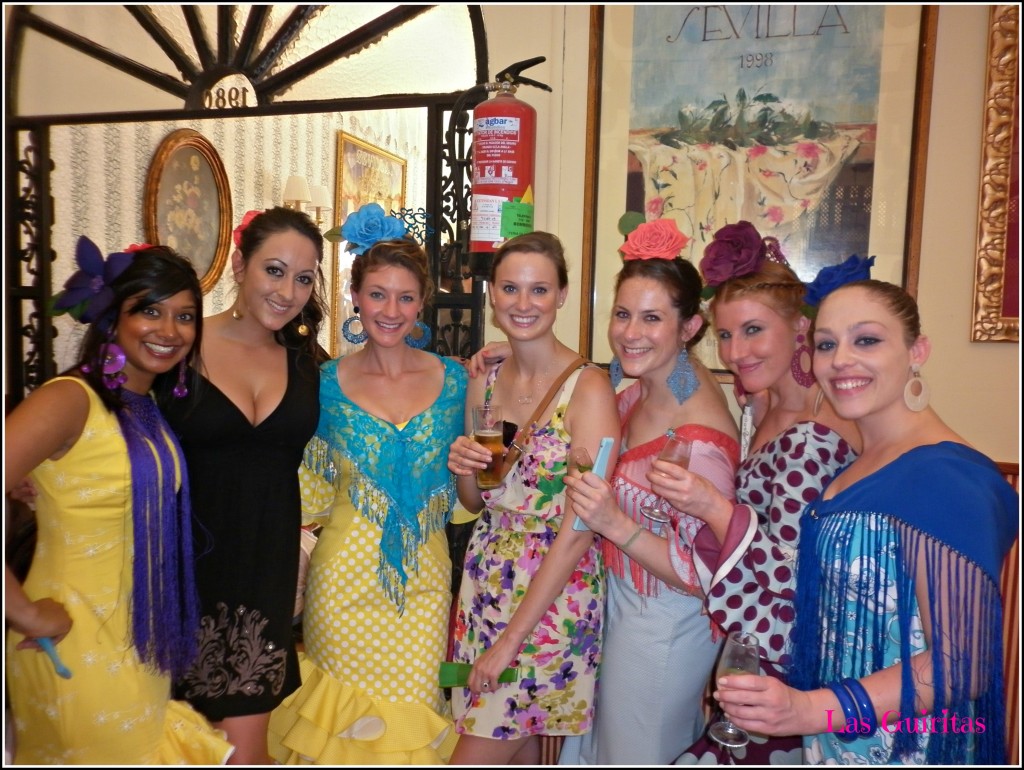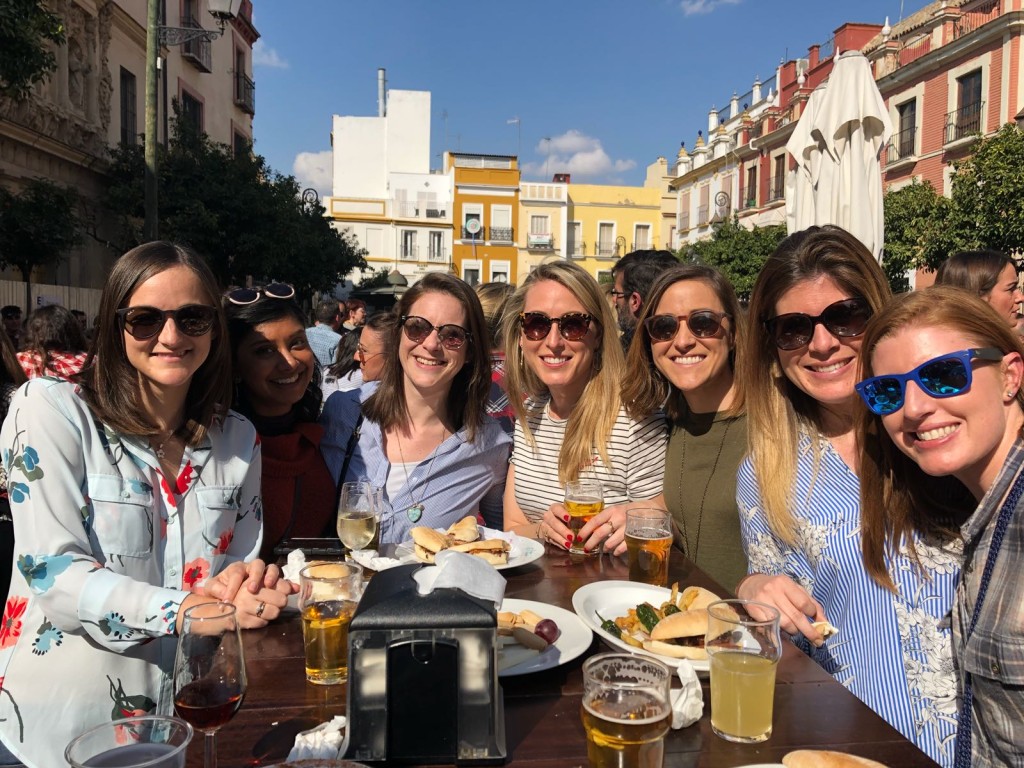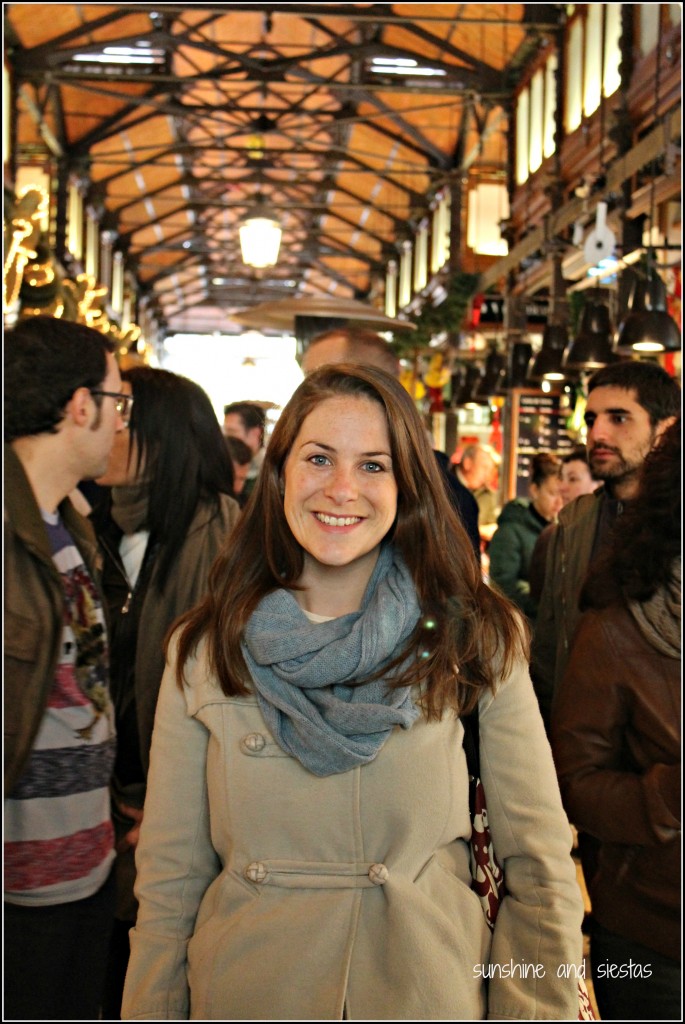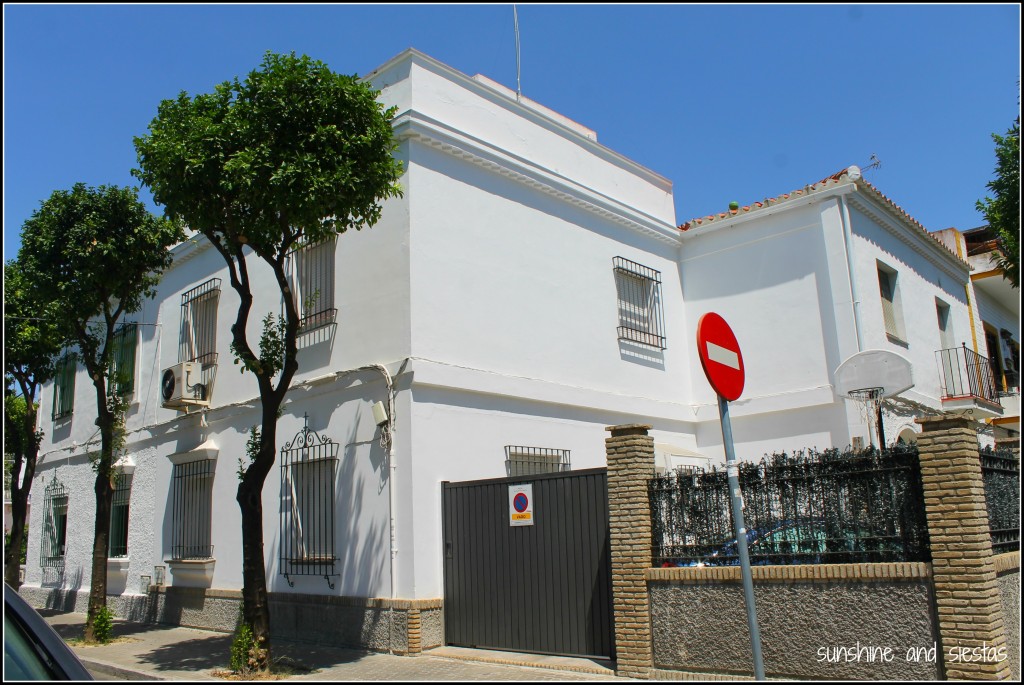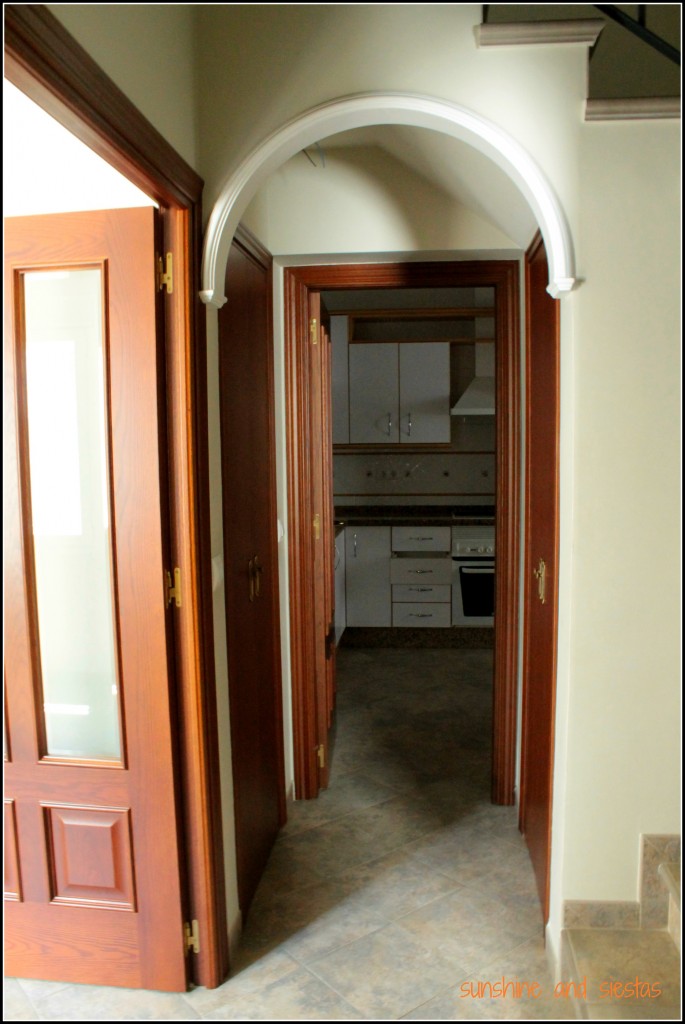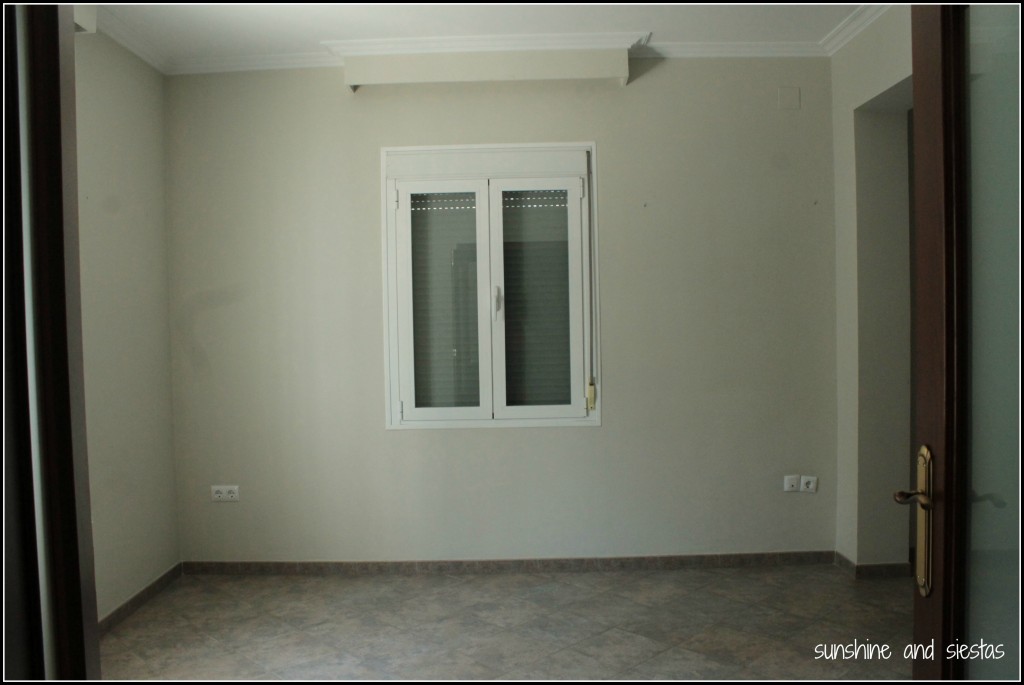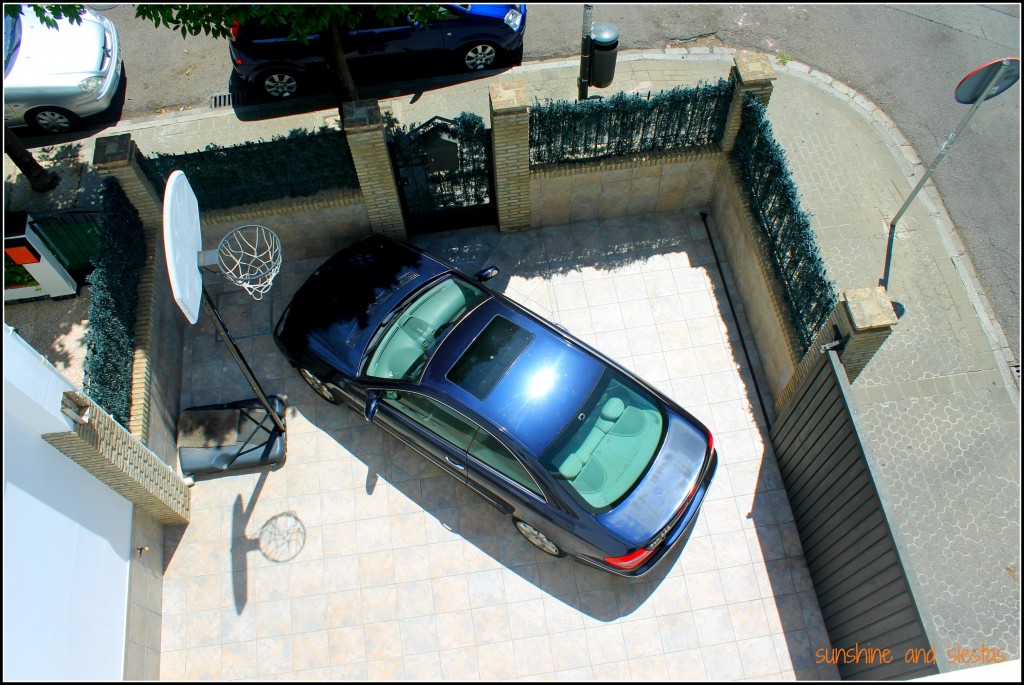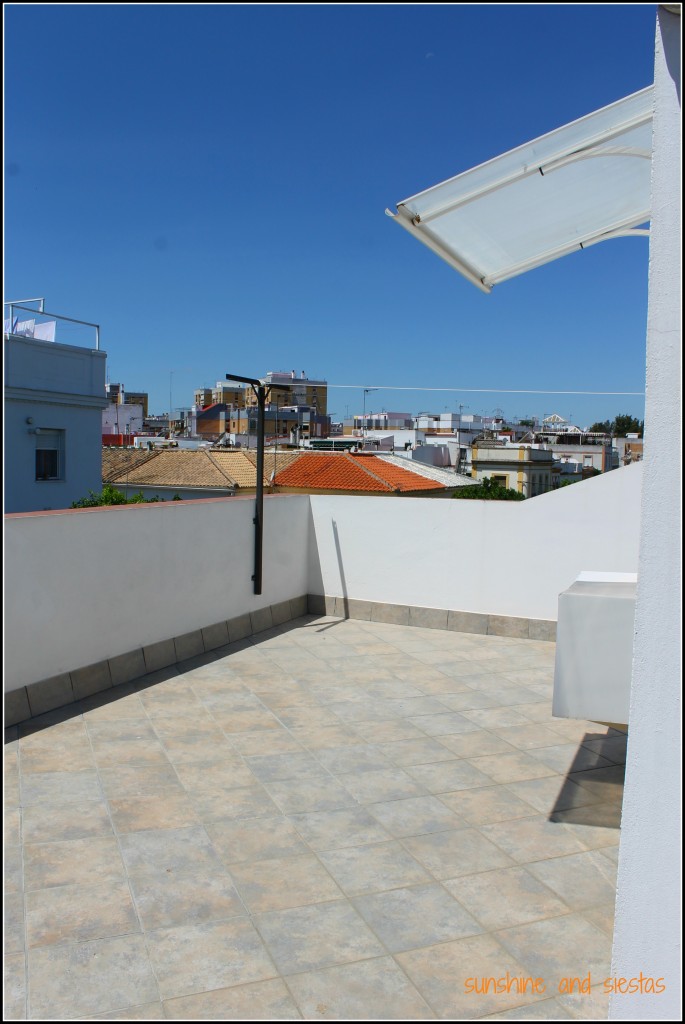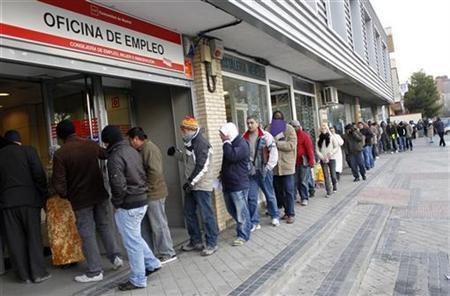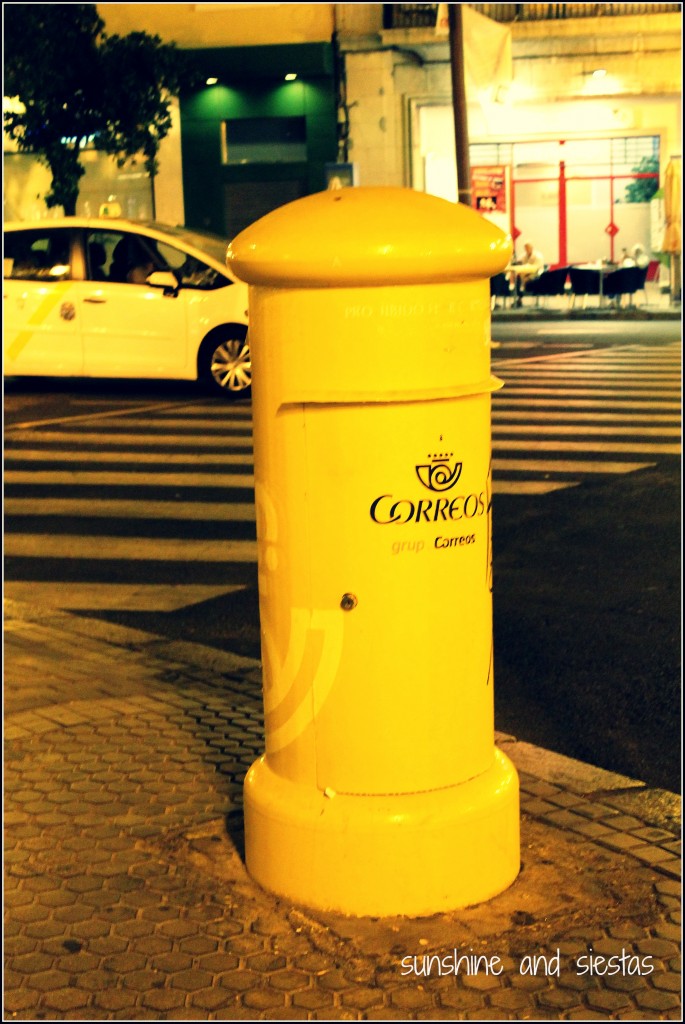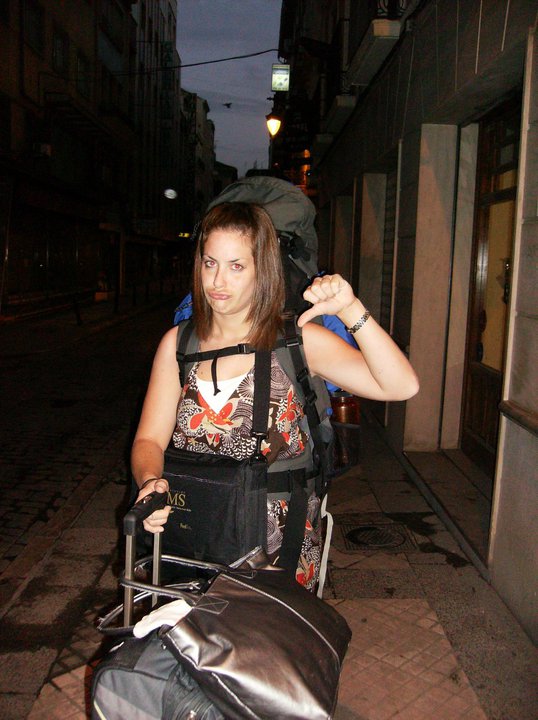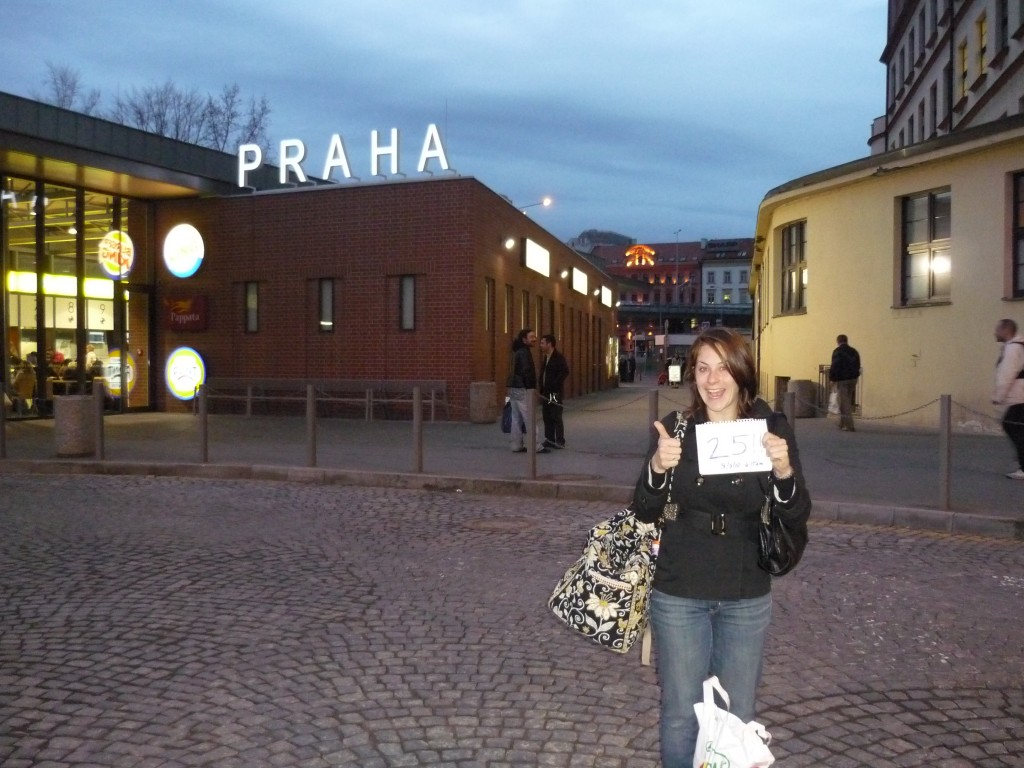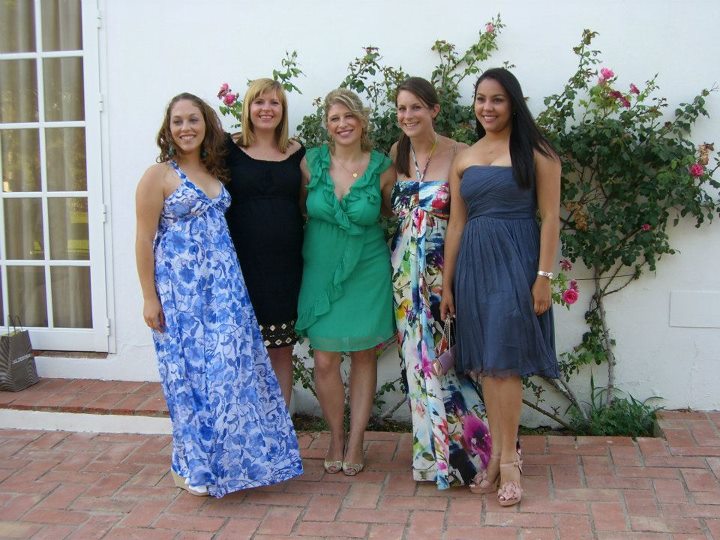Author’s Note: This post seemed fitting today, considering my first experience with the dreaded papeleo started on July 3rd, 2007, when I applied for my student visa to come to Spain. Likewise, I just picked up my five-year residence card on Friday.
On my first trip to Sevilla, six years ago nearly to the day, I was breathless at the site of the half-moon, colonnaded Plaza de España, nestled just out of the historic center and at the helm of the plush María Luisa Park. The Triana tiles gleamed in the early July sunlight as I sat writing on a bench in the mural depicting Valladolid, a city I had just moved away from. I brought my travel partner, Catherine, the very next day. While not as bowled over as I, she did know that it was the fictional Planet Naboo of Star Wars fame.
Two years in the future, I was applying for a visa at the Chicago consulate. The deal was that Spain put a shiny visa on an entire page of my passport in exchange for 90 days in the land of toros and tapas. From there, I would need to go to local police and present a mountain of paperwork claiming I had a salary and health insurance. Seemed easy to present a few pieces of paper and stand in line.
Think again – what ensued has been a very ugly battle between me and the central immigration offices of Andalucía, a little bit of trickery (ok, flat-out lying) and finally securing a five-year residency card after thirteen months of appointments, photocopies and a lawyer.
Estés dónde estés, here’s a few tips to make your trip to Extranjeros a little more smooth:
Brush up on your vocabulary
The people who work in the oficina de extranjeros are called funcionarios. Spain, like Italy, has a high number of civil servants, and those Spaniards wishing to have job security and work short hours take an exam called an oposición to be able to be one. If selected, they are entitled to have breakfast at the precise hour you arrive to the front of the line. You’ll need to turn in all your papeleo, paperwork, to these people, so follow the advice below, too.
At the office, you’ll need to queue up and get a ticket. When your letter and number is called, you turn in your documents and receive a snobby-ass look and the word that you’ll come back for your fingerprints – your huellas, in addition to paying a tax and presenting two or three recent photos. Note that in Spain, these foto carne are much smaller than their American counterparts. After that appointment, you’ll have to wait 45 days to pick up your plastic card, and chat up a security guard to let you cut. I learned that two prorrogas in.
Know what you need to bring, and bring photocopies
Tres fotos carné? Form EX-##? Best to do your research, as every official act performed in the office has a different set of requisites. For pareja de hecho, for example, I had to present a certificate stating I wasn’t already married, signed and stamped by an official US Notary. Not necessary for an extension on your student visa. Speak to your consulate or embassy, download the forms to turn in here, ask about tasas, or fees, and bring a few small pictures. That said, made at least two photocopies of each document and have anything notarized if it’s a copy to turn in. Believe me, this will save you headaches, as this woman can tell you. Got a stapler? Toss that in your bag, just in case.
Dress appropriately, and bring a Spaniard along if you can
Showing up and looking nice can really make a difference, especially here in Sevilla, where appearances are everything. I have been in a skirt when everyone else is in flipflops and board shorts, but am generally greeted with a smile and a willing attitude.
Likewise for bringing a Spanish friend. My dear amiga Kelly told me this as she was applying for a work visa last year. She swears that having her saint of a boyfriend along meant more efficiency and no Sevillana stink face. If you’ve got a willing friend, invite them to a coffee in exchange for a few hours of quality time with you (And by quality time I mean you pulling out your hair time).
Go at the right time
Officially, winter hours in the office are like a banker’s: 9-5. In the summer, don’t expect the office to be open past 2. I remember my first trip to the office in October of 2007, clutching a paper folder with all of my documents. I left my house barely at 6am, arriving to stand at the end of a very, very long queue. At 8am, you can get your number, but our dear friends the fucnionarios won’t roll in until after 9. For this reason, I tend to show up either right at 9am, or after everyone has had their breakfast rotation at 11.30. It’s also advisable to go after 1 p.m., as the wait times are generally shorter. Note that some tasks have only a certain number of tickets assigned each day, so if you’re merely renewing a student visa, go whenever te da la gana. If it’s something like asking for your marriage book, the earlier, the better.
Be patient
Chances are you’ll be sent to multiple offices, to numerous people. The rules for every type of trámite are complex and must be followed precisely. Use message boards, other expats from your countries and the consulate to be as prepared as possible before you go, and realize there will be lines to wait in, documents missing, frustrations to be had. But, really, it all works out. I waited thirteen months to be able to hold a little red card in my hand, and now don’t have to go back (barring a residence change) until February of 2016. A little patience goes a long way in Spain, especially in the foreigner’s office.
All you expats: Have any extranjería horror stories? Tips for making the process any degree less painful? Got enchufe somewhere? Tell me about it in the comments!


